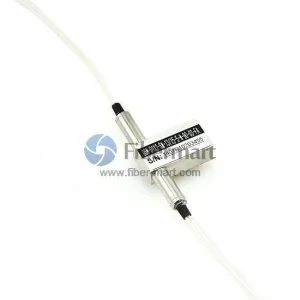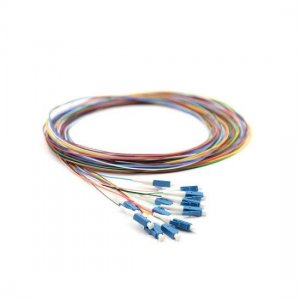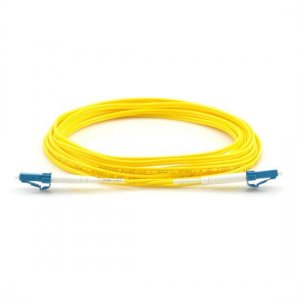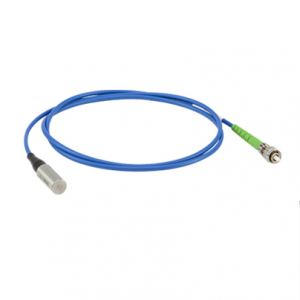Fiber optics technology is a key component of contemporary communication networks in today’s globally interconnected society, where data transmission rates and dependability are critical. The Fiber Polishing Machine is a vital component that operates behind the scenes in this technology. These devices, though sometimes disregarded, are essential to maintaining the efficacy and efficiency of fiber optic networks.
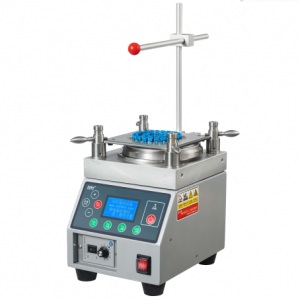
Comprehending Fiber Polishing Equipment
Fundamentally, a fiber polishing machine is a specialized tool used to smooth and enhance optical fiber ends. These fibers, which are usually constructed of glass or plastic, are used to send data signals with little loss or interference across great distances. But in order to get the best results, these fibers’ ends need to be flawlessly polished to eliminate any flaws and guarantee a smooth connection.
Fiber polishing machines smooth out any flaws on the fiber’s surface by using sophisticated polishing procedures that attain accuracy down to the micron level. This procedure is crucial for high-speed data transmission applications because it reduces signal loss while simultaneously improving signal quality.
The Value of Accuracy
Fiber polishing machines provide unmatched control and accuracy throughout the polishing process, therefore addressing this difficulty. These devices carefully manage variables like pressure, speed, and polishing time using automated systems and state-of-the-art algorithms, guaranteeing consistency and uniformity over many fibers.
Uses in a Variety of Industries
Fiber Polisher has far-reaching effects outside of the telecom industry. Indeed, their impact is seen in many different industries, all of which gain from the improved dependability and performance provided by polished fiber optic connections.
Fiber polishing machines play a crucial role in the smooth functioning of mobile networks, cloud computing infrastructure, and high-speed internet in the telecommunications industry. These devices facilitate increased network efficiency and quicker data transfer rates by optimizing signal transmission, which promotes global innovation and connectedness.

Polished fiber optics is essential to communication systems, avionics, and surveillance equipment in aerospace and defense applications where dependability is crucial to the task. The security and efficiency of both military and commercial aircraft operations are enhanced by polished fibers with the Fiber Polishing Machine ability to survive challenging weather conditions and retain constant performance.

